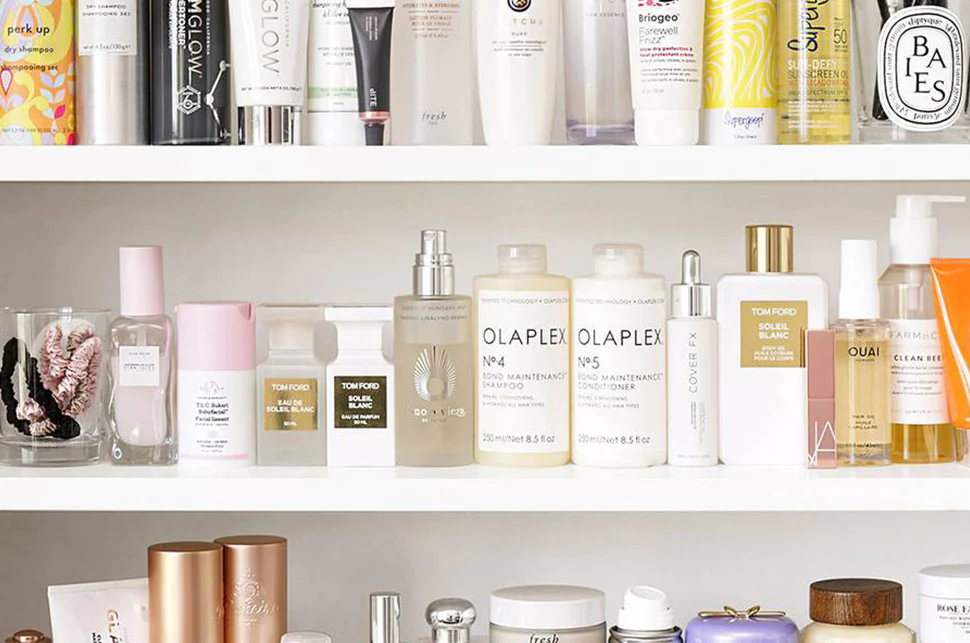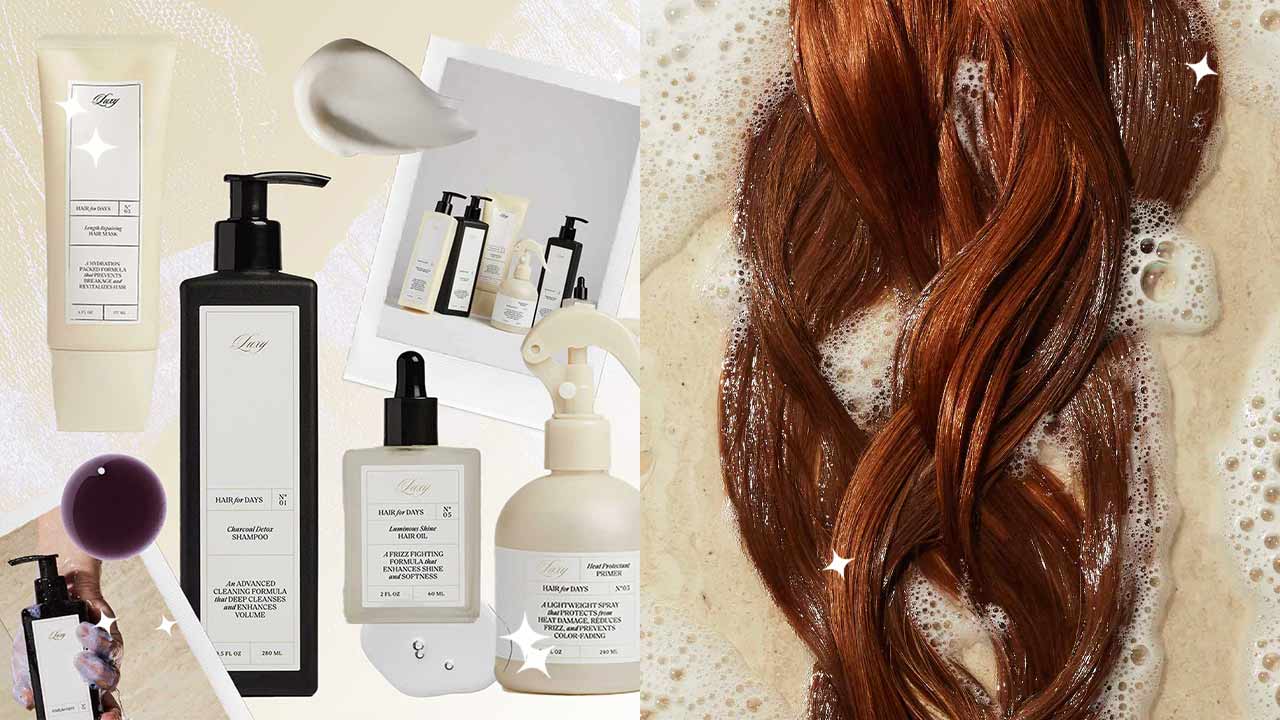Hair care is an essential part of everyone’s daily routine, but did you know that some of the ingredients in your shampoo might be causing more harm than good?
Should you avoid certain shampoo ingredients? Many hair care products contain allergens that can irritate the scalp and potentially damage your hair. In this article, we’ll explore some of the most common allergens found in hair care products and provide tips on how to avoid them.
Ingredients You Should Avoid in Shampoos for a Healthier Hair and Scalp

#1 – Sulphates
Sulphates are a common ingredient in shampoos because they help create a rich lather, which can give the impression of a thorough cleanse. However, sulphates can strip the natural oils from your scalp and hair, leading to dryness, irritation, and even hair loss. People with sensitive skin or conditions like eczema and contact dermatitis may be particularly vulnerable to the irritant effects of sulphates.
What to avoid on the label: Sodium lauryl sulphate (SLS), sodium laureth sulphate (SLES), and ammonium lauryl sulphate (ALS) are the most common sulphates found in shampoos.
#2 – Fragrances
Many shampoos contain fragrances to give them a pleasant scent. However, these fragrances can be made up of numerous synthetic chemicals that may cause allergic reactions, skin irritation, and even respiratory problems for some people.
What to avoid on the label: “Fragrance” or “parfum” on the ingredient list may indicate the presence of synthetic fragrances. Opt for fragrance-free or products with natural scents derived from essential oils instead.
#3 – Parabens
Parabens are used as preservatives in many hair care products to prevent the growth of bacteria and mould. However, they have been linked to hormonal disruptions and have been found in breast cancer tissue. While more research is needed to establish a definitive connection, it’s best to err on the side of caution and avoid products containing parabens.
What to avoid on the label: Methylparaben, propylparaben, butylparaben, and ethylparaben are some of the most common parabens used in cosmetics.
#4 – Formaldehyde Releasers
Formaldehyde releasers are chemicals that slowly release formaldehyde, a known human carcinogen, to act as a preservative in hair care products. These chemicals can cause skin irritation, and respiratory problems, and may even be linked to cancer with long-term exposure.
What to avoid on the label: DMDM hydantoin, imidazolidinyl urea, diazolidinyl urea, and quaternium-15 are some of the common formaldehyde releasers found in hair care products.
#5 – Isopropyl Alcohol
Isopropyl alcohol is often used in hair care products as a solvent or to help the product dry faster. However, it can cause dryness, irritation, and even breakage of the hair due to its dehydrating effects.
What to avoid on the label: Isopropyl alcohol, also known as rubbing alcohol, may be listed as “isopropanol” or “SD alcohol.”
#6 – Silicones
Silicones are added to hair care products to give your hair a smooth and shiny appearance. However, they can build up on your hair over time, leading to weighed-down, greasy locks and an irritated scalp.
What to avoid on the label: Dimethicone, cyclomethicone, and phenyl trimethicone are common silicones found in hair care products. Look for products labelled as “silicone-free” or those containing water-soluble silicones like dimethicone copolyol or lauryl methicone copolyol, which are less likely to cause buildup.
#7 – Synthetic Colours
Synthetic colours are often used to make hair care products more visually appealing. However, some of these dyes can cause allergic reactions or skin irritation, and a few have even been linked to cancer.
What to avoid on the label: Synthetic colours may be listed as “FD&C” or “D&C” followed by a number, such as “FD&C Red No. 40.” Opt for products with natural colourants or no added colour at all.
#8 – Propylene Glycol
Propylene glycol is a common ingredient in hair care products due to its moisturising properties and ability to help other ingredients penetrate the hair shaft. However, it can cause skin irritation, allergic reactions, and even damage the hair cuticle in some cases.
What to avoid on the label: Propylene glycol may also be listed as “propane-1,2-diol” or “1,2-dihydroxypropane.”
Final Thoughts
By being aware of the common allergens in hair care products and knowing what to look for on the label, you can make more informed choices when selecting your shampoo and other hair care items.
Remember to patch-test new products on a small area of skin before using them fully, as individual reactions can vary. If you’re unsure about a particular ingredient or product, consult a dermatologist or hair care professional for personalised advice.


No Comments